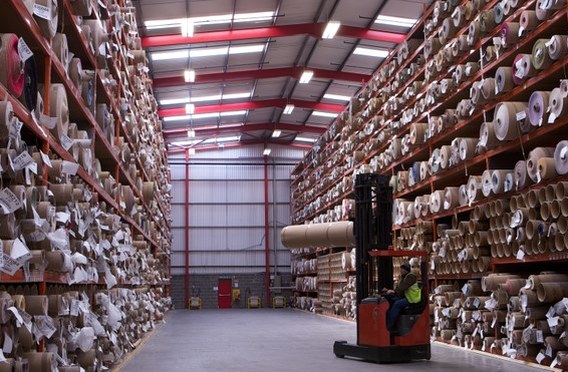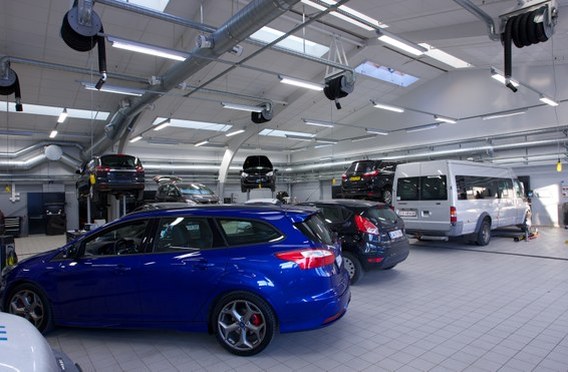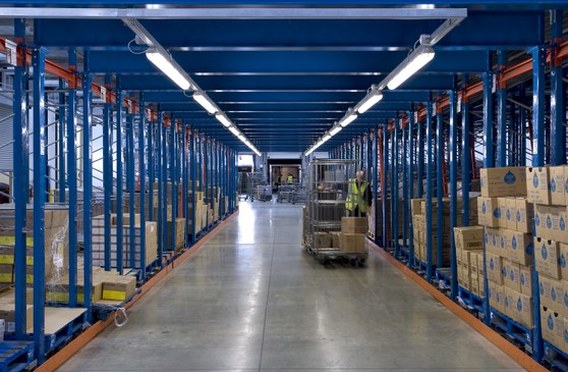Industry
Creating the right environment
When lighting industrial spaces the designer needs to consider the usage and configuration of the area. Generally in industrial areas safety and efficiency are paramount as they contain hazards of differing severity related to the industrial process, as well as vehicular machinery such as fork lifts.
The type of task will to an extent determine the lighting requirements, large easy to see tasks generally requiring lower lighting levels than smaller highly detailed or precision tasks. Contrast within the task is also important; a contrast in lightness or colour can help differentiate different parts of an object. However if the task relies on colour differentiation then a light source with suitable colour rendering is required. Our HiPak Pro LED can be used to provide high quality light with high colour rendering.
Best practice
It is important to ensure that any shadows caused by the lighting do not pose a safety issue or decrease task visibility. If the space contains large machinery or obstructions (such as storage racking etc.) the lighting should be positioned to minimise shadowing from these and this may require a larger number of lower wattage luminaires. The amount of obstruction can also have a major impact on levels of illuminance, for example high racking can reduce light levels by up to 50%, and therefore the lighting design may need to be checked with the obstructions modelled. Our Hi-Rack luminaire provides a performance solution to lighting storage rack areas providing light onto the vertical rack face for easy identification and use.
If the space contains rotating or moving machinery care should be taken to prevent stroboscopic effects from the lighting making the machinery appear stationary, creating an unsafe condition. This is generally caused by flicker from the light source so precautions need to be taken such as the use of high frequency electronic control gear or ensuring adjacent luminaires operate off differing phases of the incoming electricity supply. Our Titus Industry and HiPak Pro LED ranges provide high frequency luminaires suitable for these spaces.
The environmental conditions within the industrial unit are important as they may require the luminaire to have specific design features. These may be atmospheres which have excessive moisture, dirt or contain chemical contaminants, environments that have raised or lowered temperatures, rough services spaces where the luminaire could undergo impact or units with poor quality electricity which could damage electronics. Some industries have additional requirements such as the food industry where glass retention is important so that in the event of a lamp breakage food product is not contaminated. Our AquaForce II LED and other luminaires from the -force range provide a solution to a wide range of environmental conditions.
Consideration should be given to available luminaire mounting options. The structural design of the industrial unit may place restrictions both in positioning of luminaires and in luminaire weight as some structures have limited weight bearing capabilities. Additional considerations should be the positions of sky lights, air conditioning and fan units, and building services.
Taking control
Suitable lighting controls should be installed to make use of daylight ingress from skylights. Luminaire switching should be grouped to allow luminaire control related to the activity in differing areas within the space, absence controls switching luminaires only when all of the activity space is empty, for tasks requiring raised light levels task lighting should be used in preference to raising light levels across the entire space.
Key products for this area include:
- HiPak Pro LED
- Titus Industry



